

Max Davies
How Audi, BMW, Honda, Mercedes-Benz, and Suzuki started out in Australia, and where they are now
15 Hours Ago
The ASX is a small and affordable SUV that’s big on practicality and has built a name for its reliability – but it’s very, very old now.
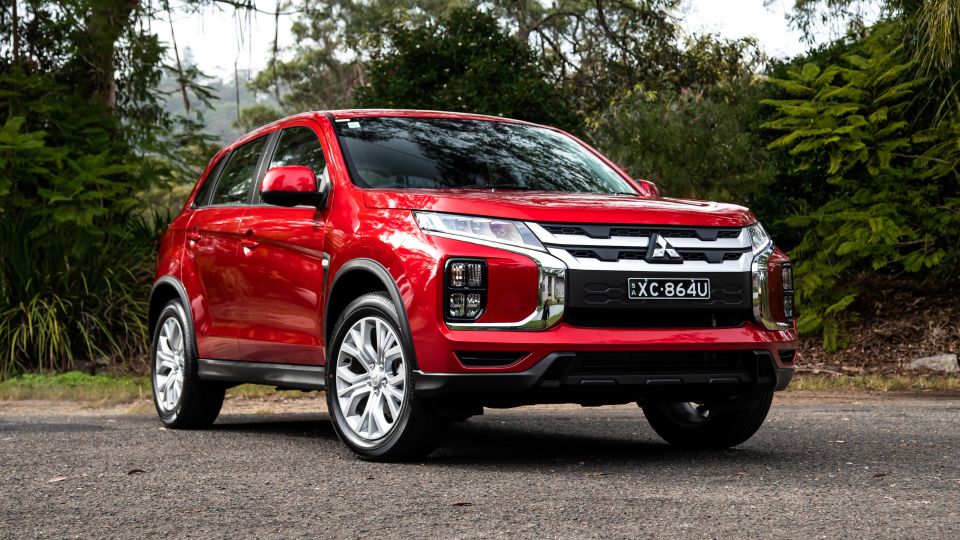
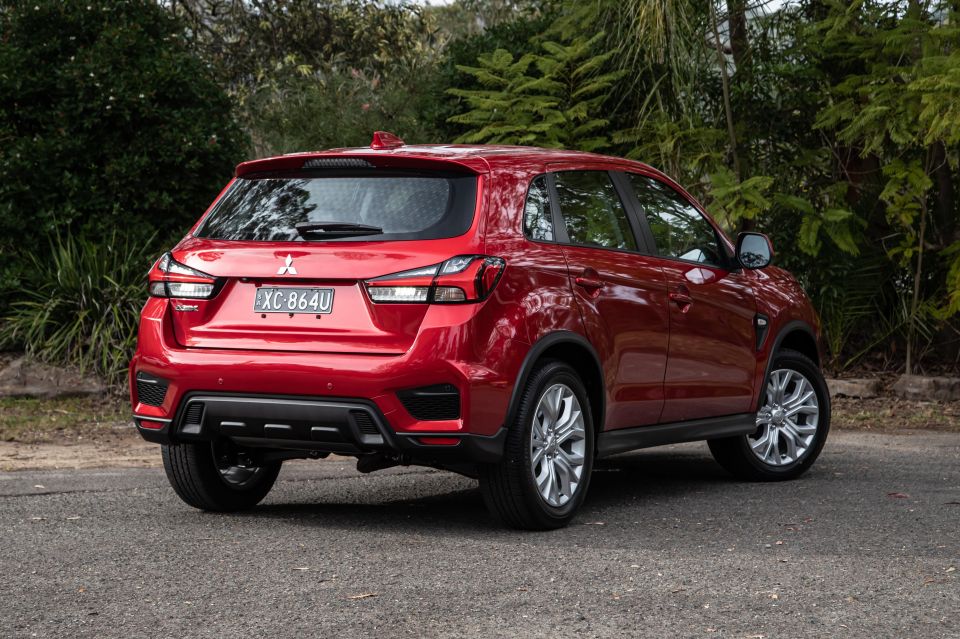

Quickly see how this car stacks up against its competition. Select any benchmark to see more details.
Where expert car reviews meet expert car buying – CarExpert gives you trusted advice, personalised service and real savings on your next new car.
I’ve been working as a motoring journalist for 13 years, and that means my career started at the same time this car was launched in Australia.

Yes, the Mitsubishi ASX is still on sale, and it has been – continuously – for 13 years now. This car is so advanced in its years that it has seen not one but two safety ratings expire. It has also seen a number of spec changes, line-up adjustments and facelifts over its tenure in Australia, but some of its best traits still remain: it’s still relatively affordable, has really well-packaged interior, and it has a really good reputation for reliability.
But would you – or should you – consider buying one in 2023, with so many new rivals offering big advances in tech, interior design, value and powertrains?
Read on – you might be surprised how well this car still stacks up.
The ES grade is the second model up the ladder in ASX-land, and as Mitsubishi has a bit of a penchant for switching up the naming and specs of its trim lines for its… er… established nameplates, there have been a few adjustments to the ASX trims.
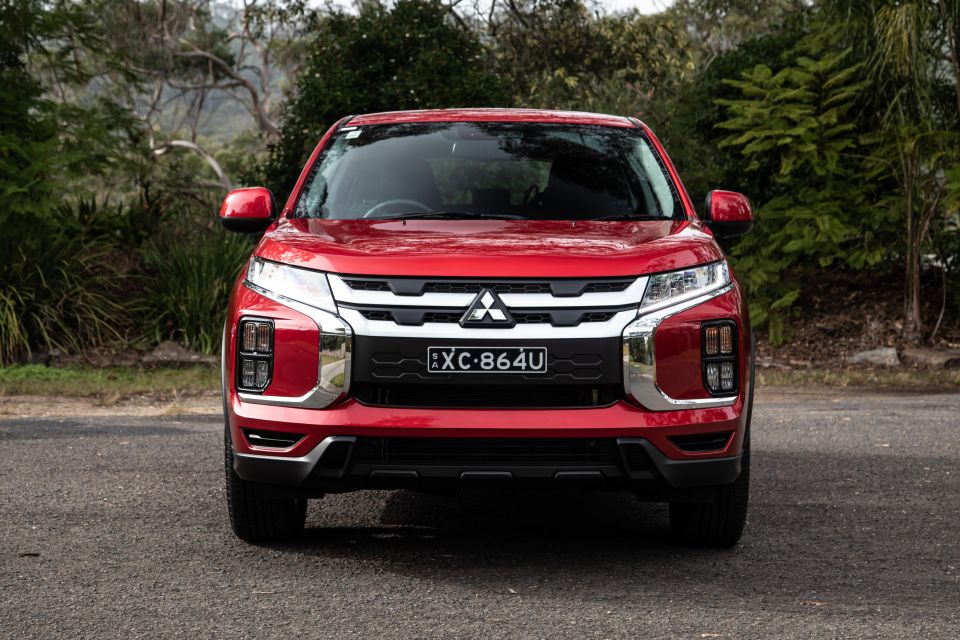
Priced from $27,490 before on-road costs, the ASX ES is currently advertised for $29,240 drive-away on the brand’s local configurator, sneaking it in under that $30,000 barrier.
What are the closest-priced competitors? There are heaps, including some fancier new models with a lot more tech and safety spec standard, such as the GWM Haval Jolion, which starts off from $28,490 drive-away, and the Chery Omoda 5, from $32,990 drive-away.
The Kia Stonic is a bit closer to the ASX on pricing, starting at $24,990 drive-away through to $32,490 drive-away. Or you could also consider a Kia Seltos, but at the ES price point you’d only be getting into a base model S ($29,500).
See below for a dot-point rundown on the 2023 range – you’ll notice the base model version introduces a new moniker and it’s the only one offered with a manual gearbox these days. Also gone is the ADAS reference for models with safety kit included – there’s a bit to cover on that front in the sections to come.
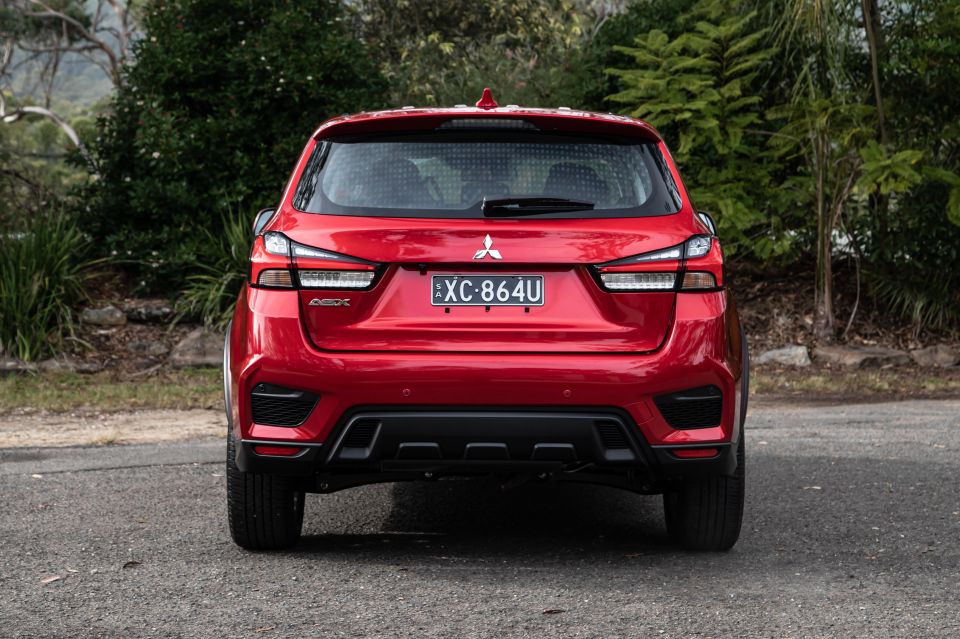
2023 Mitsubishi ASX pricing:
Prices exclude on-road costs
Buy your new car without the stress. It's fast, simple and completely free.

Great service from Travis and team, second time I have used this business would not hesitate to recommend them to anyone
Craig C.
Purchased a Ford Ranger in Sunshine Coast, QLD
CarExpert helped Craig save thousands on his Ford Ranger, now let us save you on your next new car.
Find a dealIf you remember what the ASX looked like when it first launched, it’s not going to make you feel uncomfortable when you slide back into a current-gen model – because largely, it’s still the same place.
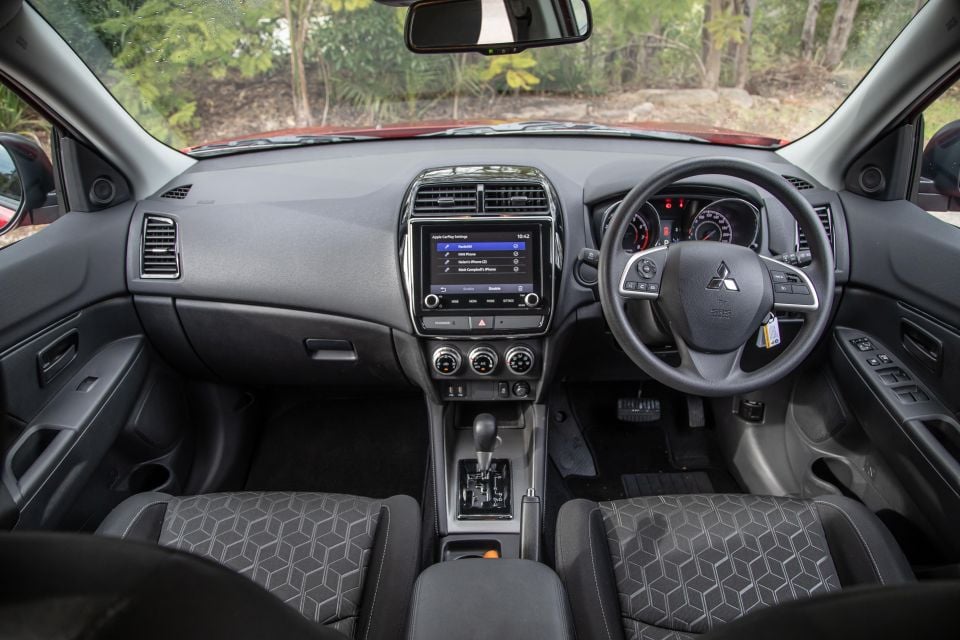
The biggest change in recent years has been the addition of a newer 8.0-inch touchscreen media system with Apple CarPlay and Android Auto, which is a pretty decent unit and includes useful buttons and dials for the main functions, plus it isn’t one of those ‘menus upon menus’ style systems, because it’s basically very basic.
That’s fine if you are the sort of person who just wants to plug in their phone and drive, but for those wanting more, there are better options out there.
And the rest of the interior treatment has the same vibe: this is a no-fuss, no-flash kind of place. I can understand it could be appealing if you’re looking for a vehicle that’s more of an appliance than a status symbol… and you probably fall into that category if you’re seriously considering an ASX.
This grade doesn’t have digital climate control, but the air-conditioning control dials below the screen do have temperatures indicated on them, and they’re really bloody easy to use, even if they do feel a little bit budget.

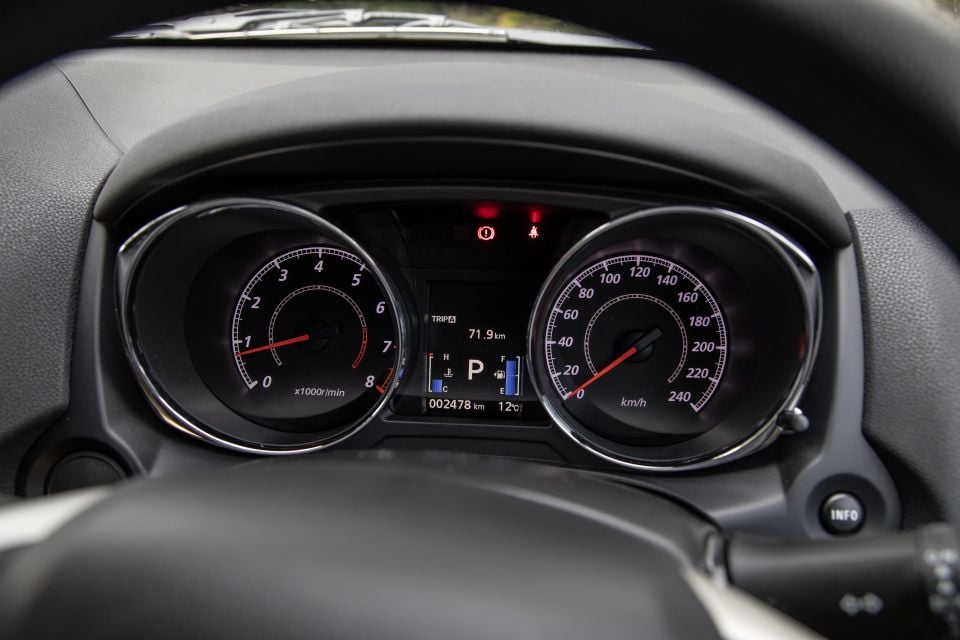
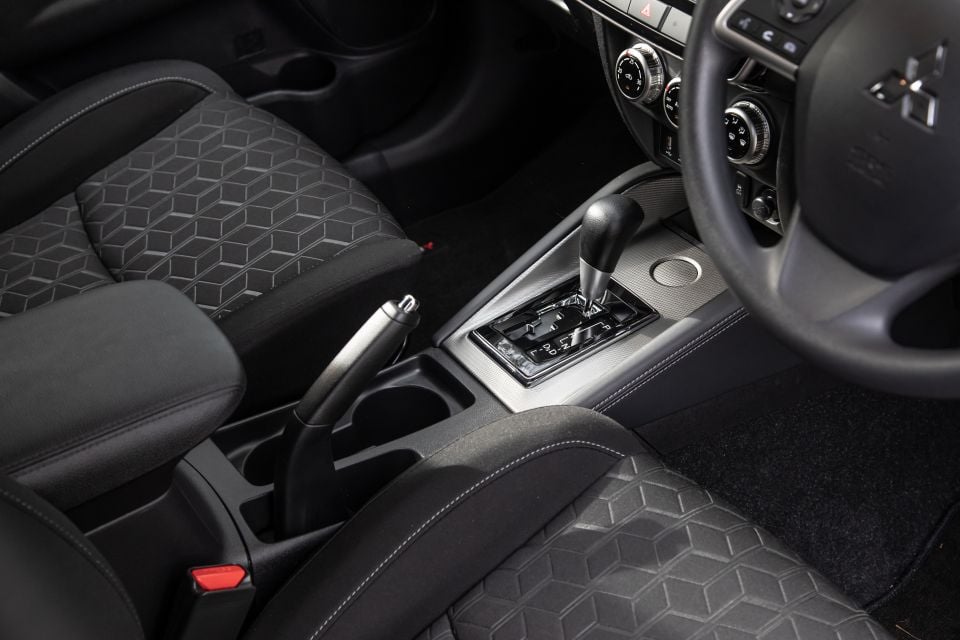

Up front the ES scores a pair of USB ports for charging, but no wireless charger – there is a decent little storage nook in front of the gear selector, and a pair of cupholders behind it, too, as well as a manual handbrake.
The centre console bin has a mildly padded cover on it, with a decent amount of storage space and a 12-volt outlet in there, too. The doors have decent sized pockets with bottle cutouts as well.
This ES grade has a plastic steering wheel which is not the nicest to hang on to, and it’s also basic in terms of the controls on offer – just phone, volume, and cruise buttons.
The driver’s instrumentation includes a digital screen but it doesn’t have a digital speedometer, which I find to be a real annoyance – as I’m sure anyone who lives in Victoria would, too.
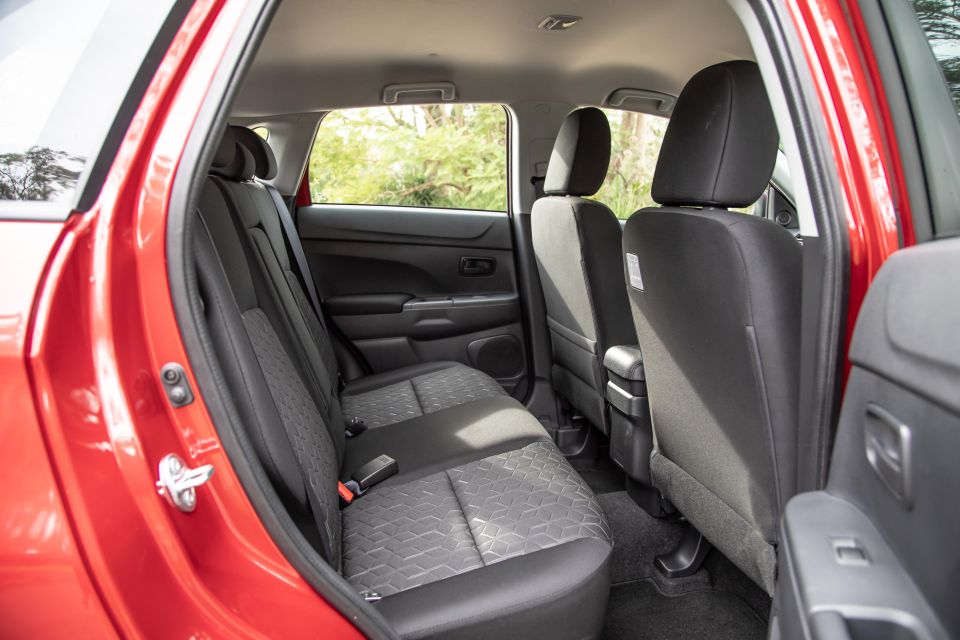
In the second row, the ASX remains a better-than-average prospect in terms of occupant space. With the driver’s seat set to my position (I’m 182cm/6’0) I had enough knee room and foot room to be comfortable, while head room is also very good.
However, I wear size 12 shoes and the lower part of the door aperture makes it a bit harder than you might expect to get out of the back seat gracefully.
The storage on offer could be better – there are no bottle holders in the doors, and only one map pocket. Thankfully there is a centre console armrest with cup holders, and a single map pocket.
Parents will be happy with the child-seat accommodation, with ISOFIX points in the window seats and three top-tethers, though the middle seatbelt in the back is one of those ones that comes down from the boot area. Not ideal.
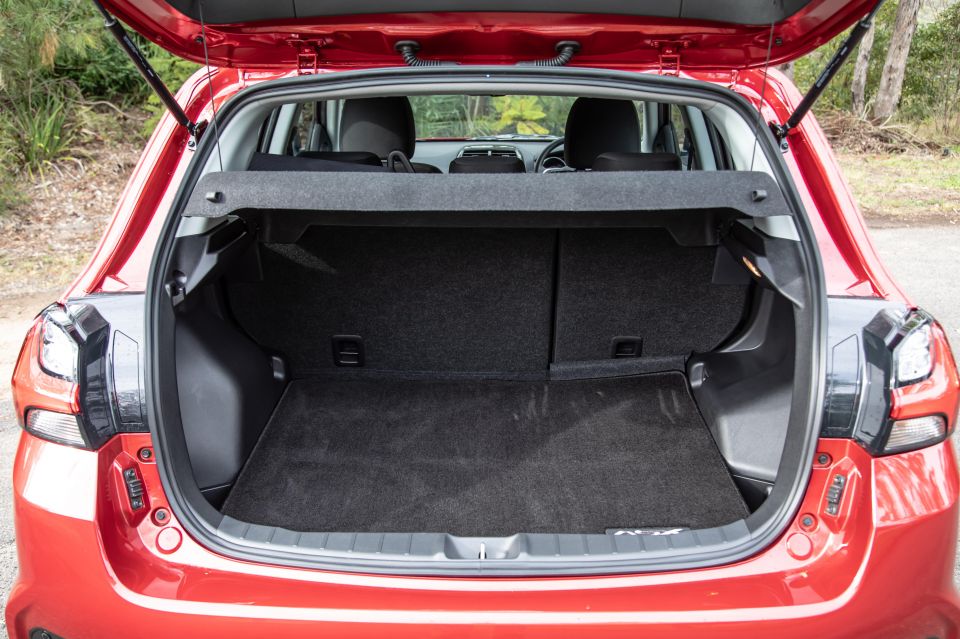
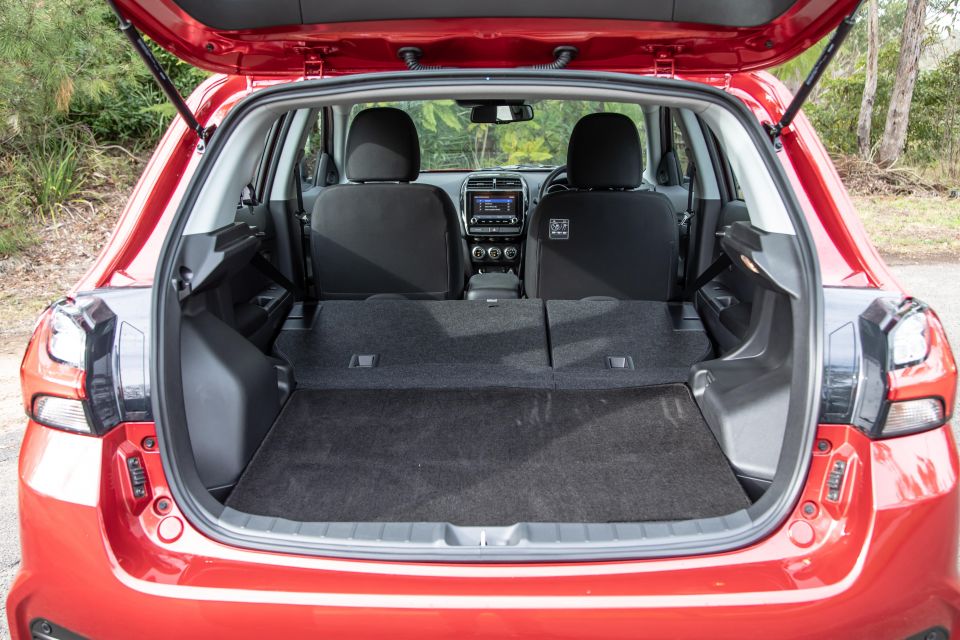
The boot remains a competitive size, all these years later. At 393 litres, there is easily enough space for a pram and some shopping bags, or a weekend’s worth of luggage for a small family.
Under the boot floor you’ll find a space-saver spare wheel, and there are little storage areas rear of the wheel-arches, too.
If you decide on the GS, you’ve got a choice of a six-speed manual or CVT automatic transmission. All other grades come standard with the CVT, and all 2023 Mitsubishi ASX models are front-wheel drive.

And if you pick the GS, ES, MR or LS grades, it means you get a 2.0-litre naturally-aspirated four-cylinder petrol engine producing 110kW of power and 197Nm of torque. Modest by modern standards, really.
Then the GSR and Exceed models step up to a 2.4-litre four-cylinder naturally-aspirated petrol engine, which churns out about 12 per cent more power and torque than the base engine.
Outputs are quoted at 123kW and 222Nm, which again are a bit slight for today’s expectations.
It is what it is.
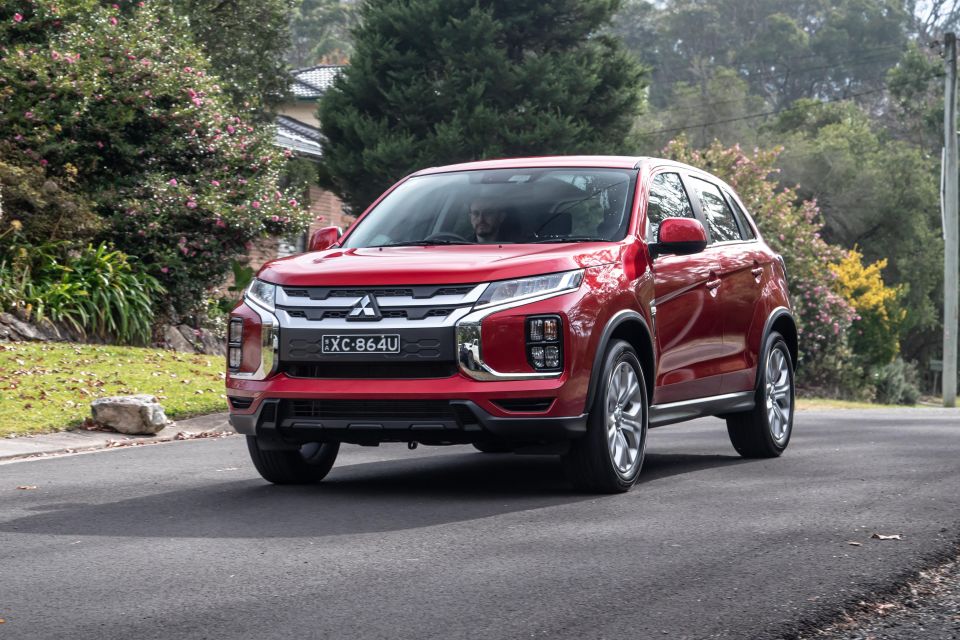
I could probably leave it at that, because this car has been around for so many years that it isn’t offering anything new or groundbreaking in terms of the drive experience, but nor is it claiming to.
Instead, approach the ASX with the mindset that this was a pretty decent car to drive when it came out over a decade ago, but the market has changed so much, and so many other brands have improved the small SUV breed on the whole, the Mitsubishi is really feeling its age in 2023.
Let’s consider the powertrain first and foremost, which is adequate for the urban commuter or highway runner, with enough power and torque to feel at least a bit better than sluggish in stop-start traffic.
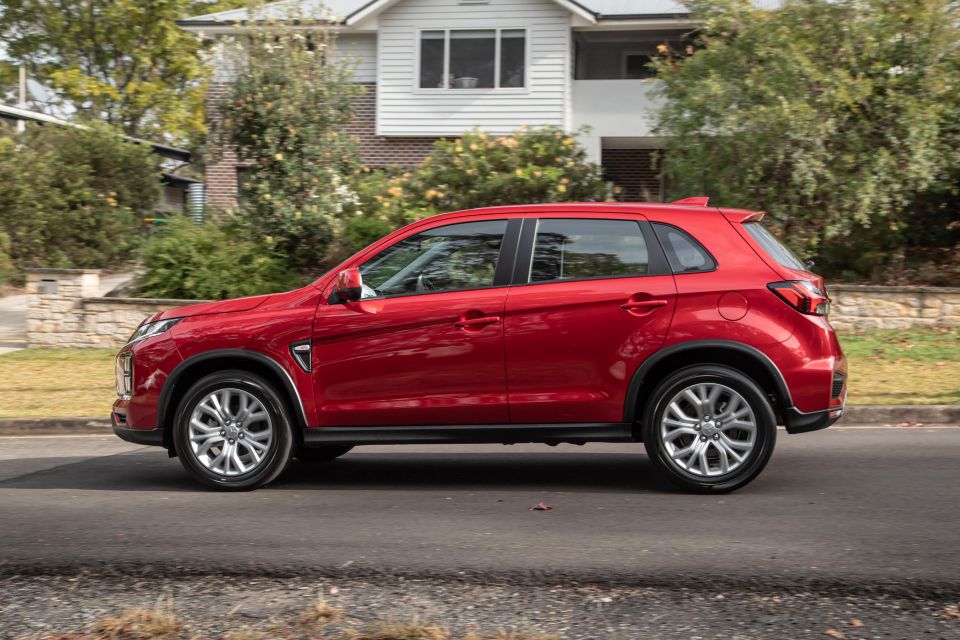
It’s just when you start to ask more of the engine, the CVT automatic really shows its worst traits; making the engine whine and not really adding pace to your progress in a hurried way.
I will repeat though, that if you don’t care about how a car drives, then it could be fine for your needs. It does go when you put your foot down – it’s just that it doesn’t go fast or move with much refinement.
As for the other driving characteristics, the steering could be a lot better. It can be annoying – feeling a bit gluggy at times, and exhibiting some kickback in your hands, as the wheel will jostle about over bumpy road surfaces.
It’s also inconsistent in the way it reacts, so it can be hard to judge what might happen next when you’re trying to steer at different speeds in different situations.
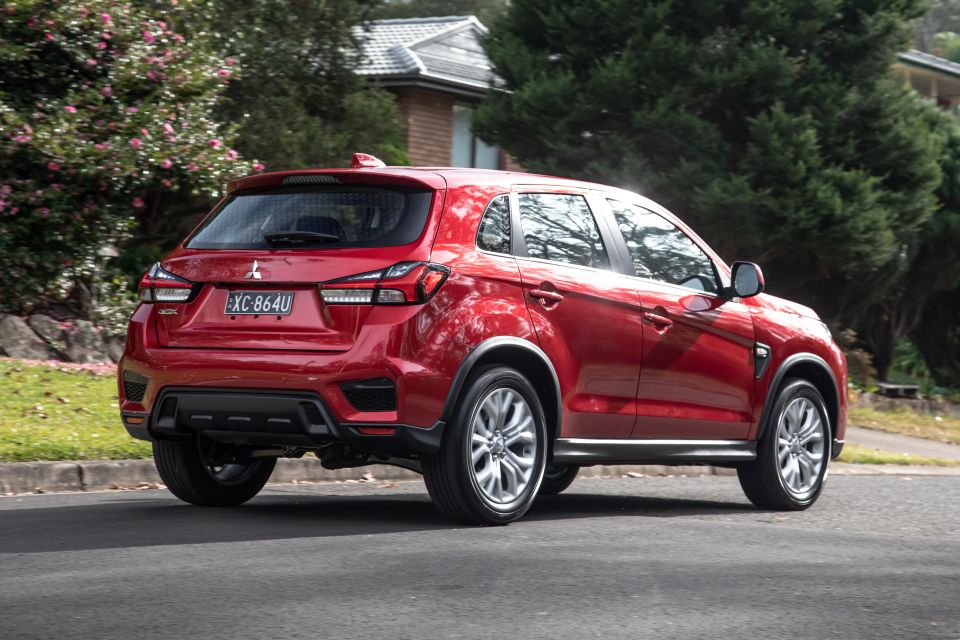
The suspension isn’t too bad in terms of bumpy stuff, offering up a decent ride quality despite also showing plenty of roly-poly nature in bendy bits.
Like any car on 18-inch wheels it can find a sharp edge and tell the occupants about it, but it’s not too uncivilised in terms of overall ride comfort.
Suffice to say, this isn’t great to drive – but this isn’t being pitched as the driver’s choice in the segment, either.
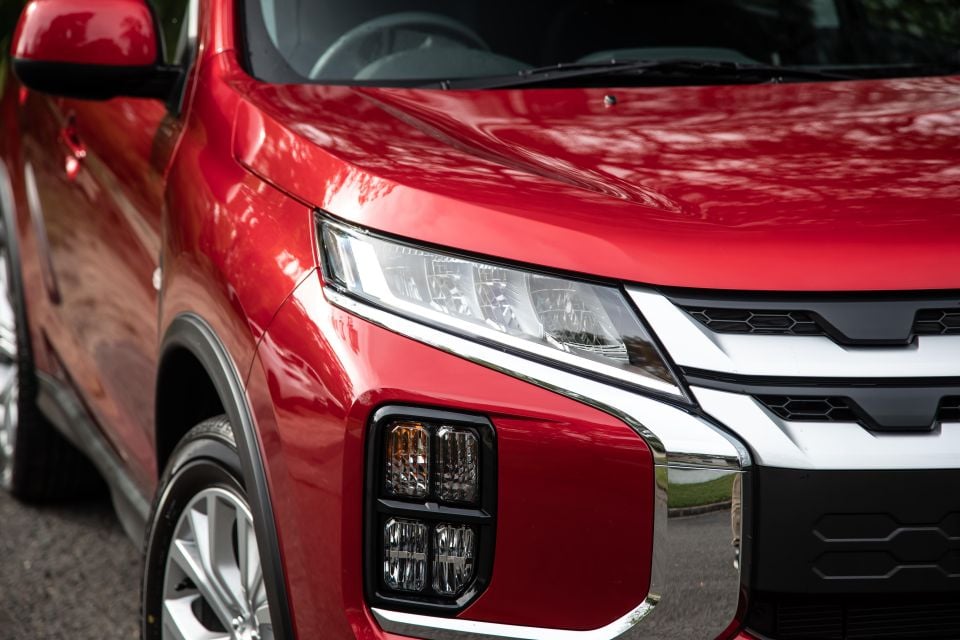

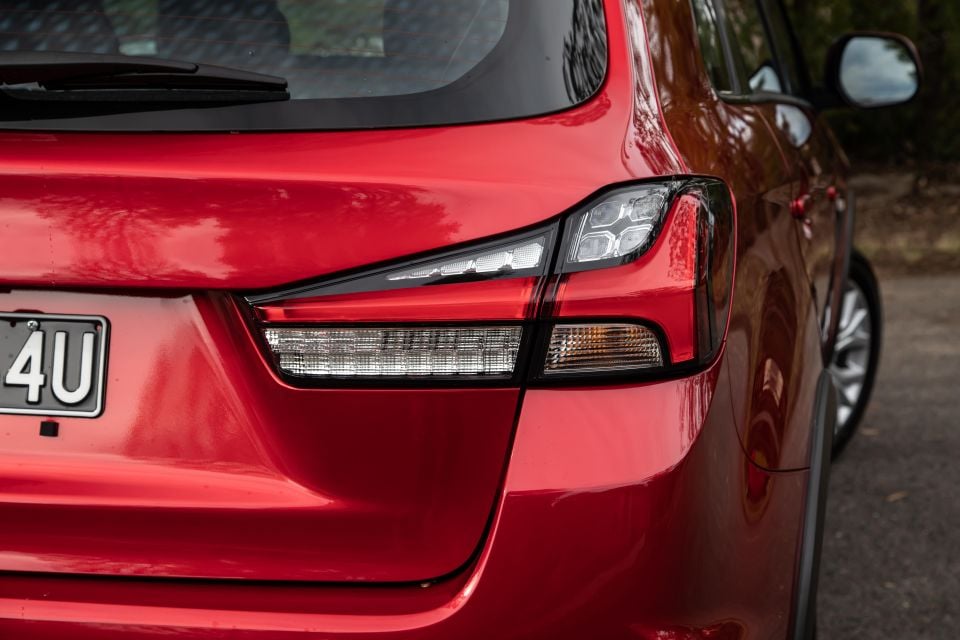
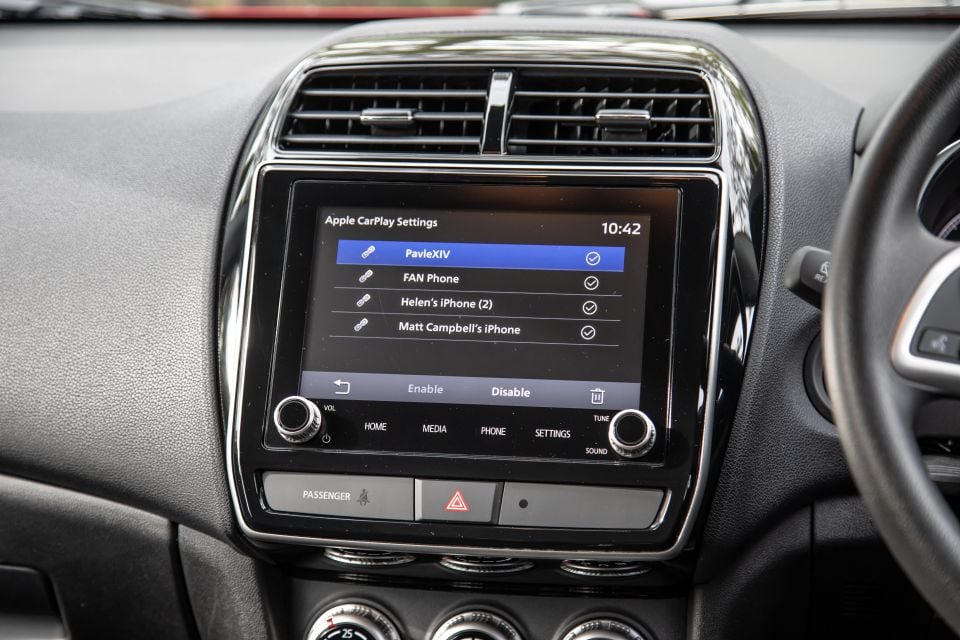
ASX GS highlights:
ASX ES adds:
ASX MR gets:
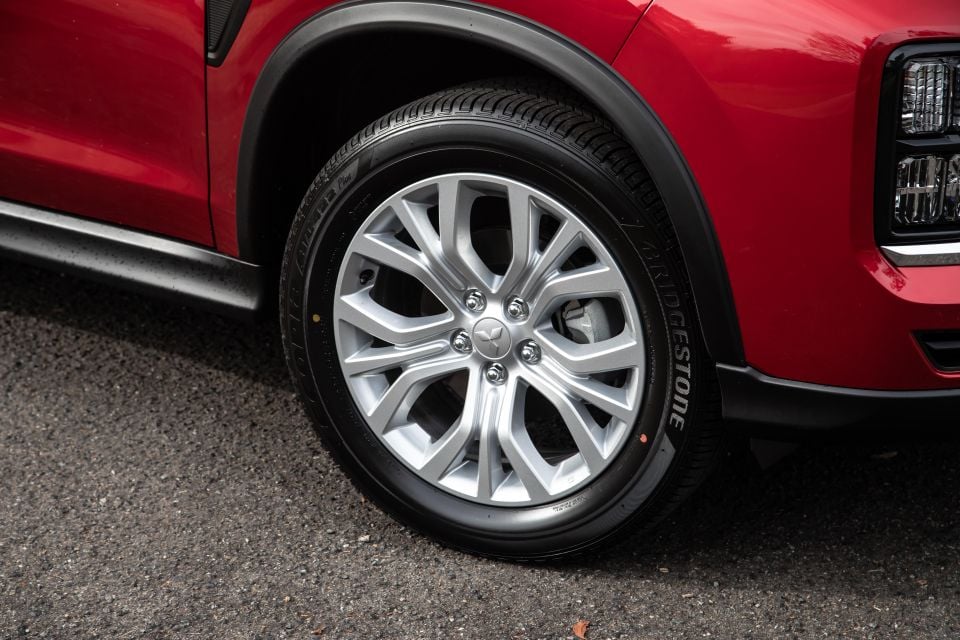

Where expert car reviews meet expert car buying – CarExpert gives you trusted advice, personalised service and real savings on your next new car.
ASX LS adds (over ES):
ASX GSR adds (over MR):
ASX Exceed adds (over LS):
MORE: 2023 Mitsubishi ASX price and specs
Get this – the Mitsubishi ASX has outlasted not one, but TWO safety ratings.
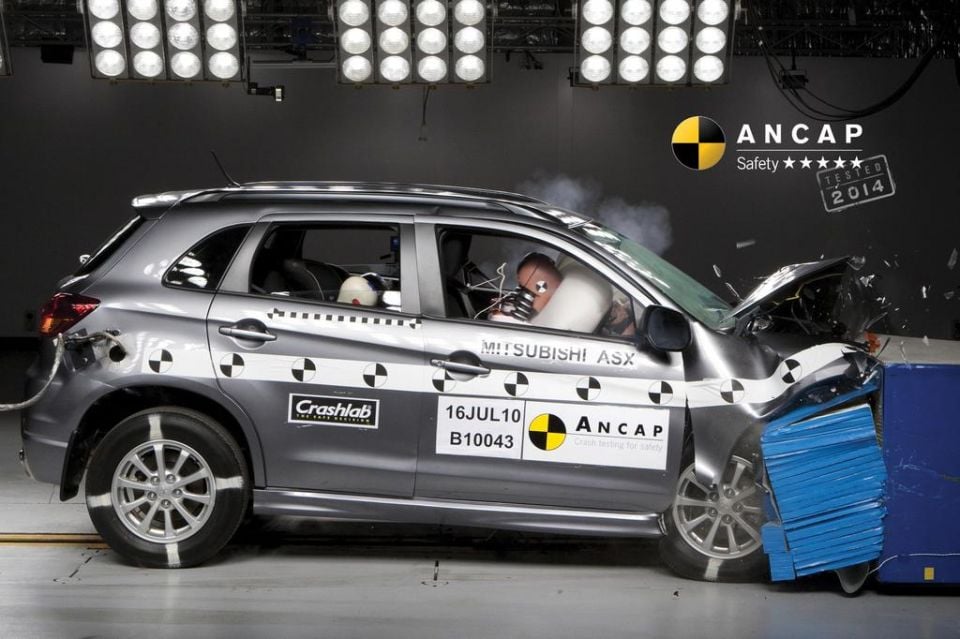
The last one – a five-star ANCAP score it received in 2014 – expired at the end of 2022, and the rating before that (five-star rating in 2010) ran its course through to 2016. So, this one? No ANCAP rating is applicable – which might rule it out for you, as it surely has for many fleet vehicle customers.
But even if it hasn’t got a safety score, it still has some reasonably good safety inclusions, though as mentioned above, the best bits are reserved for the more expensive models.
Standard safety features include:
ASX ES adds:
ASX LS, GSR, Exceed add:
It’s hardly at the forefront on safety gear, then.
Mitsubishi offers a 10-year, 200,000km warranty – so long as you read the fine print. You’ll need to service your car with the brand’s dealership network to get that, otherwise the warranty cover is five years/100,000km.
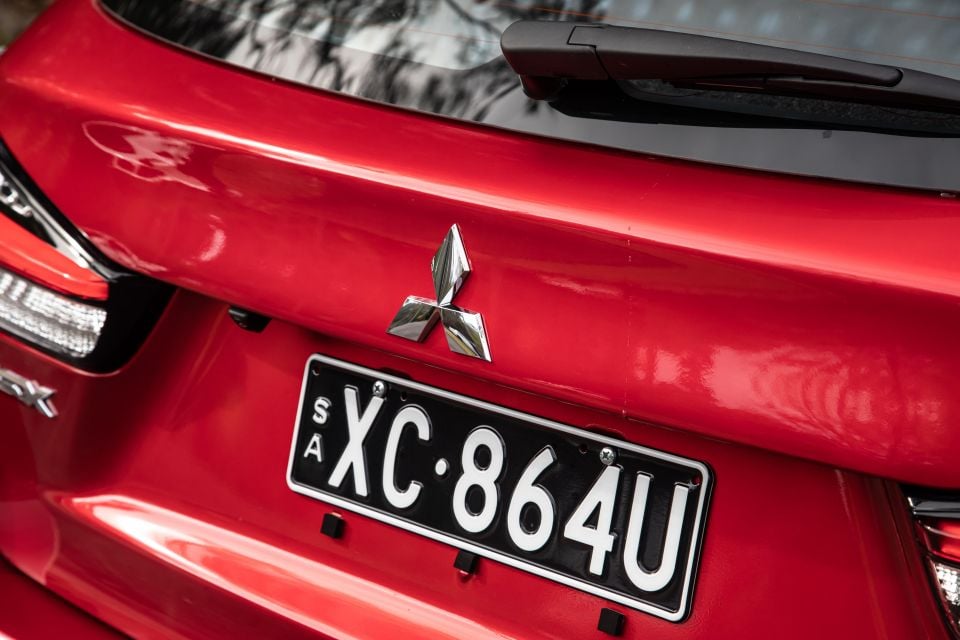
Servicing is every 12 months or 15,000km, no matter the engine or spec. The capped-price servicing plan extends out to 10 years/150,000km, with annual average over that period working out at $489 per service. Pricey.
There’s also four years of roadside assistance on offer, but again – only if you service your car with a Mitsubishi workshop.
Choose the ES auto model and the official combined cycle fuel use number is 7.6 litres per 100km, which is okay, but not close to the small SUV benchmarks for fuel economy. If you’re curious, the manual GS claims to use 7.7L/100km and the 2.4L versions have consumption rated at 7.9L/100km.
If you’re wondering what I saw over a week of testing with the ES auto? I saw a return of 7.0L/100km – yes, I smashed the official figure, but I did spend a lot of time on the freeway commuting between the Blue Mountains and the Sydney CBD.
It isn’t great, but it’ still surprisingly competitive in the world of small SUVs.
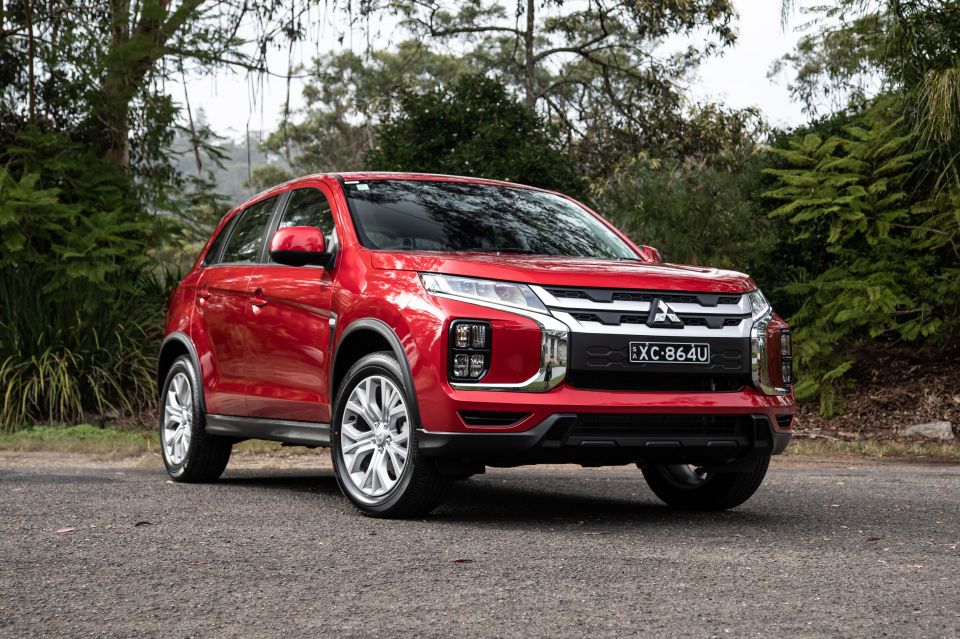
The Mitsubishi ASX ES remains smartly packaged, well priced, and has the potential for a long warranty-covered ownership experience that should, in theory, be relatively hassle-free.
The ES grade in particular wouldn’t be my pick if I had to get an ASX – I’d get the GSR – but for what this car offers, it’s still worth a look… if you don’t really care about high-tech interior finishes, the latest safety gear or the best driving experience.
I know – quite a few caveats there.
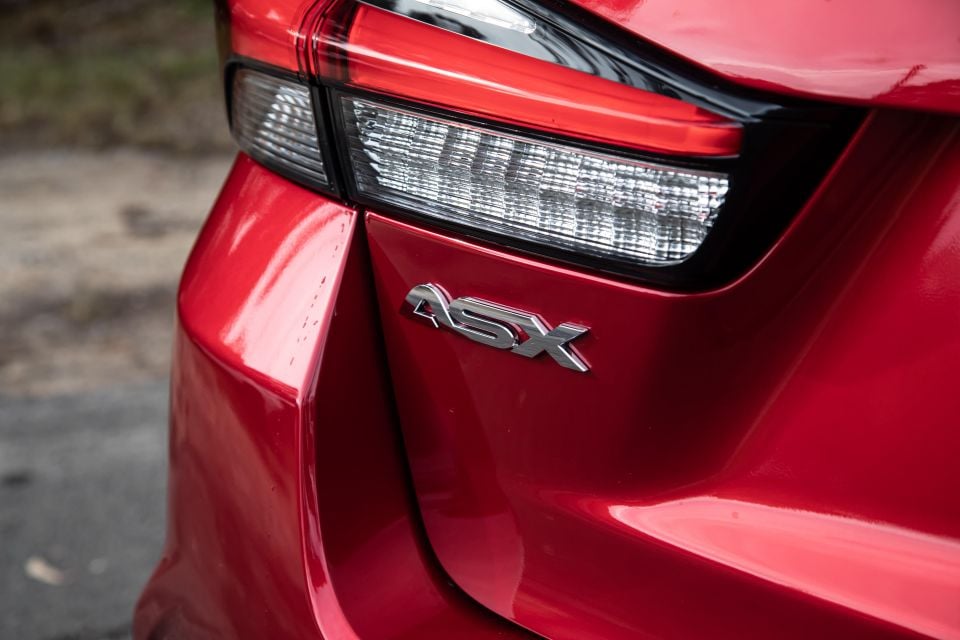
Click the images for the full gallery
Where expert car reviews meet expert car buying – CarExpert gives you trusted advice, personalised service and real savings on your next new car.
Matt has more than a decade of experience in automotive journalism, and loves exploring the pros and cons of new cars, delving into deep-dive industry stories, and going for a drive just for the fun of it.


Max Davies
15 Hours Ago


William Stopford
15 Hours Ago


Derek Fung
16 Hours Ago


Max Davies
23 Hours Ago


William Stopford
2 Days Ago


Ben Zachariah
2 Days Ago